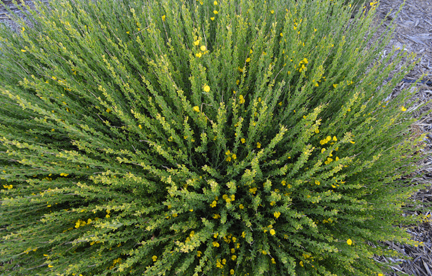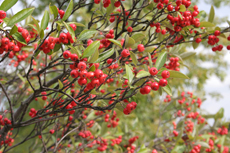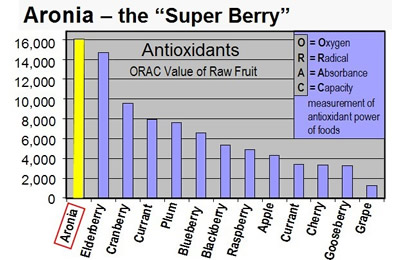by Matt Corrion
Have you noticed how amazing the Brooms around Denver are looking right now? This one I photographed in Aurora is just beginning to explode into bloom. Sadly, many of the flowering trees and Lilacs along the front range got zapped by the late cold spells we had, and few will produce showy flowers this year. It is nice to have amazing drought tolerant plants like Cytisus purgans ‘Spanish Gold’ to pick up the slack.

This is the official blog of Outdoor Design Group, Colorado Landscape Architects. For more information about our business and our services, click here.
Related Posts:
by Matt Corrion
Despite the recent rain across Colorado, much of the state remains in a drought.
The watering restrictions that Denver Water put in place for this year remain in place, having gone into effect on April 1st.
You may be aware that watering restrictions mean you can only water two days per week, but how long should you run your lawn sprinklers on those days? Denver Water recently released this chart, which includes recommended watering times for different types of spray irrigation. Note that due to the drought, these watering times have been reduced from their standard recommendations.

This is the official blog of Outdoor Design Group, Colorado Landscape Architects. For more information about our business and our services, click here.
Related Posts:
by Todd Rutherford
A recent trend in the food world has been the craze for antioxidants. Many tasty and healthy fruits and vegetables have been touted for their antioxidant components. Many of the best known antioxidant plants, such as green tea, coffee, cranberries and blueberries, are not easy or are impossible to grow in the Colorado landscape.

Aronia arbutifolia – Red Choke Berries
However one of the fruits highest in antioxidants can be easily grown in Colorado, providing spring flowers, edible berries, red fall color, and drought tolerance all in one package. Recent news reports have mentioned that Black Chokeberry (Aronia melanocarpa) shows one of the highest values of antioxidants ever recorded by researchers. In fact, scientists have placed its antioxidant powers above blueberries and cranberries.
While the chokeberry has twice as many antioxidants as blueberries, its taste is a challenge. As you may have guessed from the common name, the berries’ juice is astringent and not sweet. But juice from the berries can be made into wine, jam and syrup. The red chokeberry (Aronia arbutifolia) is slightly sweeter, and was used by Native Americans to make pemmican. But the red chokeberries probably don’t rank as high as the black ones on the antioxidant chart. The red chokeberry shrub does provide one of the best fall colors available, some saying it’s even better than the fall color of the burning bush.
 The two Black Chokeberry species that do well in Colorado are Aronia melanocarpa elata (height 5-8’ x spread 4-6’) and the dwarf Aronia melanocarpa Iroquois Beauty (height 48”-54” x spread 30-36”). These shrubs can tolerate periods of drought once established but prefer more moisture, and are adaptable to various light conditions, but do best is partial shade. Prefers neutral to acidic soil with higher organic content. They do have a suckering habit.
The two Black Chokeberry species that do well in Colorado are Aronia melanocarpa elata (height 5-8’ x spread 4-6’) and the dwarf Aronia melanocarpa Iroquois Beauty (height 48”-54” x spread 30-36”). These shrubs can tolerate periods of drought once established but prefer more moisture, and are adaptable to various light conditions, but do best is partial shade. Prefers neutral to acidic soil with higher organic content. They do have a suckering habit.
This is the official blog of Outdoor Design Group, Colorado Landscape Architects. For more information about our business and our services, click here.
Related Posts:



 The two Black Chokeberry species that do well in Colorado are Aronia melanocarpa elata (height 5-8’ x spread 4-6’) and the dwarf Aronia melanocarpa Iroquois Beauty (height 48”-54” x spread 30-36”). These shrubs can tolerate periods of drought once established but prefer more moisture, and are adaptable to various light conditions, but do best is partial shade. Prefers neutral to acidic soil with higher organic content. They do have a suckering habit.
The two Black Chokeberry species that do well in Colorado are Aronia melanocarpa elata (height 5-8’ x spread 4-6’) and the dwarf Aronia melanocarpa Iroquois Beauty (height 48”-54” x spread 30-36”). These shrubs can tolerate periods of drought once established but prefer more moisture, and are adaptable to various light conditions, but do best is partial shade. Prefers neutral to acidic soil with higher organic content. They do have a suckering habit.